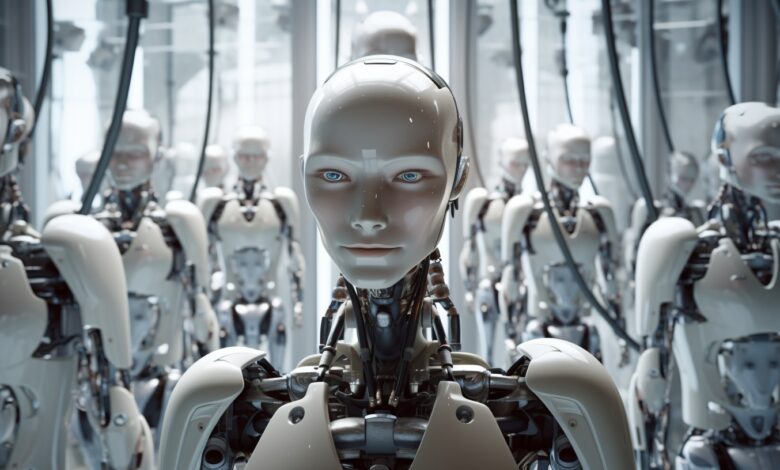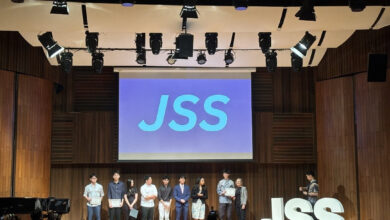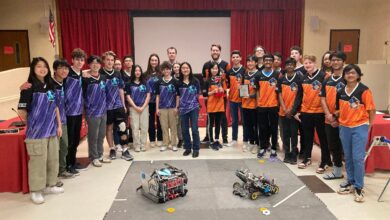Engineered Robotic Hand Conquers Super Mario Bros, Unlocks New Potential in Robotics

In a significant breakthrough in robotics, Maryland engineers have created a soft robotic hand with the finesse to complete a level of the renowned video game Super Mario Bros. This achievement marks a new milestone in robotic agility and highlights the potential for such technology in various applications requiring fine motor skills.
Summary: A robotic hand designed by engineers has successfully navigated a level of Super Mario Bros, indicating an advancement in robotic dexterity. The hand operates on a simplified mechanism with a single pressure line, which streamlines the complex control systems typically associated with robotic fingers. This innovation opens up possibilities for the application of robotics in industries that demand precision, such as manufacturing and prosthetics.
Playing Super Mario Bros required the robotic hand to demonstrate a range of controlled movements and timings, effectively showcasing its advanced capabilities. The game presented a formidable challenge to test the hand’s dexterity. The design of this robotic hand represents a departure from the more complicated multi-line systems generally found in robotic manipulation, emphasizing the potential for greater simplicity and efficiency in the future of robotics.
The implications of this technology stretch far beyond the gaming realm. The single pressure line system used to control the robotic hand signifies a shift towards more user-friendly and adaptable robotic systems. Industries that rely on precision and fine movements stand to benefit significantly from such advancements. Moreover, this innovation facilitates further research and development in the robotics field, impacting real-world scenarios and possibly improving the functionality of prosthetic devices. The success of the robotic hand in playing a video game heralds a new era of robotics where complex tasks may be approached with a newfound elegance and simplicity.
In a significant breakthrough in robotics, Maryland engineers have created a soft robotic hand with the finesse to complete a level of the renowned video game Super Mario Bros. This achievement marks a new milestone in robotic agility and highlights the potential for such technology in various applications requiring fine motor skills.
Summary: A robotic hand designed by engineers has successfully navigated a level of Super Mario Bros, indicating an advancement in robotic dexterity. The hand operates on a simplified mechanism with a single pressure line, which streamlines the complex control systems typically associated with robotic fingers. This innovation opens up possibilities for the application of robotics in industries that demand precision, such as manufacturing and prosthetics.
Playing Super Mario Bros required the robotic hand to demonstrate a range of controlled movements and timings, effectively showcasing its advanced capabilities. The game presented a formidable challenge to test the hand’s dexterity. The design of this robotic hand represents a departure from the more complicated multi-line systems generally found in robotic manipulation, emphasizing the potential for greater simplicity and efficiency in the future of robotics.
The implications of this technology stretch far beyond the gaming realm. The single pressure line system used to control the robotic hand signifies a shift towards more user-friendly and adaptable robotic systems. Industries that rely on precision and fine movements stand to benefit significantly from such advancements. Moreover, this innovation facilitates further research and development in the robotics field, impacting real-world scenarios and possibly improving the functionality of prosthetic devices. The success of the robotic hand in playing a video game heralds a new era of robotics where complex tasks may be approached with a newfound elegance and simplicity.
Industry Insight:
The robotics industry has been expanding rapidly, with market forecasts projecting significant growth in the coming years. Advancements in robotics technology have the potential to revolutionize multiple sectors, including healthcare, where surgical robots and prosthetics are becoming more advanced; manufacturing, where precision and efficiency are paramount; and service industries, where robots can perform tasks ranging from customer service to complex logistical work.
Market Forecasts:
Experts predict that the global robotics market will continue to grow, compounded by increasing investments in automation and AI technologies. As robots become more capable and cost-effective, they are expected to be adopted across various industries, fueling market expansion.
Industry Issues:
Despite the potential, there are challenges facing the robotics industry, including the need for standardization, managing the ethical implications of replacing human labor, and ensuring cybersecurity. Additionally, the integration of such advanced robotics into existing systems requires skilled workforce training and significant financial investment.
For those interested in learning more about the robotics industry, a reputable source for information is the International Federation of Robotics, which provides data and analysis on the state of robotics and its trends: International Federation of Robotics.
The development of robotic technologies reflects a rapidly changing landscape where inventions like the robotic hand playing Super Mario Bros are not just feats of engineering but gateways to a future of widespread automation and improved human-machine interaction. The Maryland engineers’ accomplishment is not only a testament to the potential for robotics in entertainment but also a promising indicator of the technological strides being made in robotics research and application.

Igor Nowacki is a fictional author known for his imaginative insights into futuristic technology and speculative science. His writings often explore the boundaries of reality, blending fact with fantasy to envision groundbreaking inventions. Nowacki’s work is celebrated for its creativity and ability to inspire readers to think beyond the limits of current technology, imagining a world where the impossible becomes possible. His articles are a blend of science fiction and visionary tech predictions.



